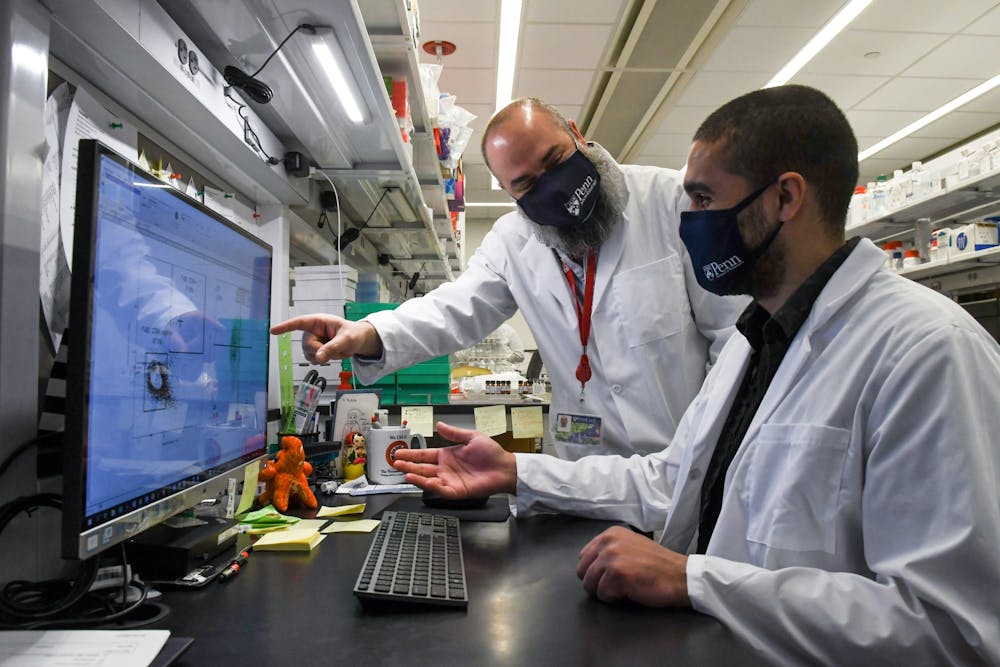
Penn recently ranked first in licensing revenue among a survey of 153 United States research institutions.
Penn’s licensing income figures were far greater than other universities — and more than double the second University listed, according to The Association of University Technology Managers. The next highest institution was the University of California system. Penn's high placing is related to its research, development, and innovation efforts — particularly the development of COVID-19 vaccines, which contributed $1 billion to the University since 2021.
COVID-19 vaccine technology developed by Penn researchers Drew Weissman and Katalin Karikó contributed to Penn’s first-place finish. Through December 2022, the Pfizer-BioNTech and Moderna vaccines, which use Penn technology developed by Karikó and Weissman, had collected $110.5 billion in revenue. The discovery allowed the creation of a widely dispersed vaccine that delivered genetic instructions to the body on how to fight off COVID-19.
Beyond the vaccines, John Swartley — Penn's associate vice provost for research and managing director for the Penn Center for Innovation — attributed the University's licensing income success to the last ten years of “world-class research and game-changing technologies” by the PCI. He said that there has been “very strong support” for start-up companies formed around Penn technologies and expertise.
Since PCI’s establishment in 2014, the number of corporate-sponsored research funding for Penn faculty and commercial agreements has increased, numbering more than 700 executed commercial agreements per year with established companies and startups.
Many of these companies emerged from Penn or are based around Penn technologies, allowing for valuable connections to be made between innovators and the private sector. Hundreds of invention disclosures have originated from the Penn community, in addition to thousands of prior disclosures and patents.
Penn has also seen a dramatic increase in the number of new businesses originating from the University which attract venture capital to Greater Philadelphia and create new jobs.
Swartley added that Penn and PCI are able to provide a direct hand in helping startups emerge out of Penn. He said that Penn is able to do a good job at “nurturing and supporting the earliest phases of technology and new business advancement when discoveries and ideas are often at their most risky stage of development and other sources of support such as venture capital and corporate partnerships are not readily available.”
As an example, Swartley cited Penn and Penn Medicine's “substantial and sustained investments” in technology when some doubted that these technology areas would yield clinical relevance.
Many of the startups that Penn has pushed out are in the life and physical sciences. These startups focus on technology areas such as cell and gene therapy, robotics and autonomous vehicles, cancer, immunology and infectious diseases, digital medicine, energy storage, and nanotechnology. Penn has spun out nearly 50 cell and gene therapy startups in the greater Philadelphia region, which have allowed for billions of dollars in investment capital to flow back into the region.
The Daily Pennsylvanian is an independent, student-run newspaper. Please consider making a donation to support the coverage that shapes the University. Your generosity ensures a future of strong journalism at Penn.
Donate







